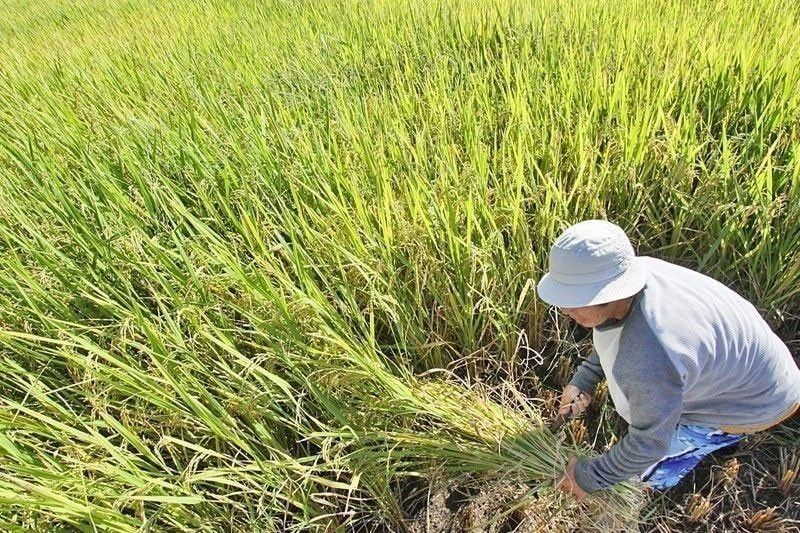Farm output stalls on ASF, palay price drop

MANILA, Philippines — The Philippine agriculture sector posted flat growth in 2019, largely due to the outbreak of the African swine fever and the steep drop in palay prices due to liberalization.
Based on the latest report of the Philippine Statistics Authority (PSA), the local farm sector rose by a measly 0.7 percent, just slightly higher than the 0.6 percent growth recorded the previous year.
For the fourth quarter alone, the farm sector slowed to 0.4 percent from 1.9 percent in 2018.
Agriculture Secretary William Dar said the ASF outbreaks in the second half and the two typhoons that hit the country – Tisoy and Ursula – had affected the sector’s overall performance.
“Despite these challenges the agriculture grew by 0.4 percent [in the fourth quarter], reflecting our strong resilience and resolve to rise above any adversity,” Dar said.
“The outcome of the Rice Competitiveness Enhancement Fund, which only started in November 2019, will be reflected in the first semester. We hope the agriculture sector will perform much better in 2020 with good planning and proper implementation of new and existing programs,” he said.
Dar said the agency would continue to build on the strong foundation in partnership with the local government units, private sector, farmers’ and fishers’ groups, and academe to catapult the entire agriculture sector this year and beyond.
Agricultural economist and University of Asia and the Pacific professor Rolando Dy said ASF was a major impact as reduced demand led to lower production. The ban on transport of products likewise caused the slowdown, he said.
“But 2020 is a transition [year]. I am optimistic for a 2.5 percent [growth],” Dy told The STAR in a text message.
Meanwhile, the agricultural sector, at current prices, grossed P1.74 trillion, down 4.4 percent as farmgate prices decreased by an average of five percent.
Crops, which accounted for bulk of the total agricultural production, decreased 0.8 percent as palay (unhusked rice) declined by 1.3 percent. Corn recovered and posted a 2.7 percent growth.
Palay production fell to 18.81 million metric tons (MT) while corn production increased to 7.98 million MT.
PSA attributed the palay production decline to substantial reduction in harvested areas due to insufficient water supply.
Production decline was also noted in sugarcane, banana, and cassava. However, there were gains in coconut, pineapple, mango, tobacco, rubber and abaca.
At current prices, the crop sub-sector grossed P915.46 billion, down 8.7 percent year-on-year. The opening of the rice industry to more imports following the rice liberalization law has led to the continued drop in prices of local palay.
Livestock production, which comprised 15.3 percent of the aggregate output, declined by one percent due to ASF. Gross earnings went down 7.2 percent to P298.39 billion.
In particular, hog production decreased by one percent. It declined by 10 percent in the fourth quarter as a result of the non-replacement of stocks and continuous reduction in the inventory of swine in Central Luzon.
PSA said the strict implementation and frequent monitoring on the inflow and outflow of live animals in between provinces contributed to the lesser disposal of hogs. Lesser demand for pork was also reported in some areas.
Poultry was flat at 5.8 percent, representing 14.9 percent of the total agricultural output. Gross earnings in the sub-sector went up 6.3 percent to P246.44 billion.
Chicken production grew because of higher demand for broiler chicken as this served as substitute for pork due to ASF.
The fisheries sub-sector, which made up 16.1 percent of the total farm output, managed to post a two percent growth in volume while value went up 6.1 percent to P281.63 billion.
The increase was due to good water condition, abundance of natural food in freshwater fishponds, and increase in stocking density.
Meanwhile, average farm-gate prices for 2019 went down five percent with price losses recorded in the crops and livestock subsectors.
- Latest
- Trending

























